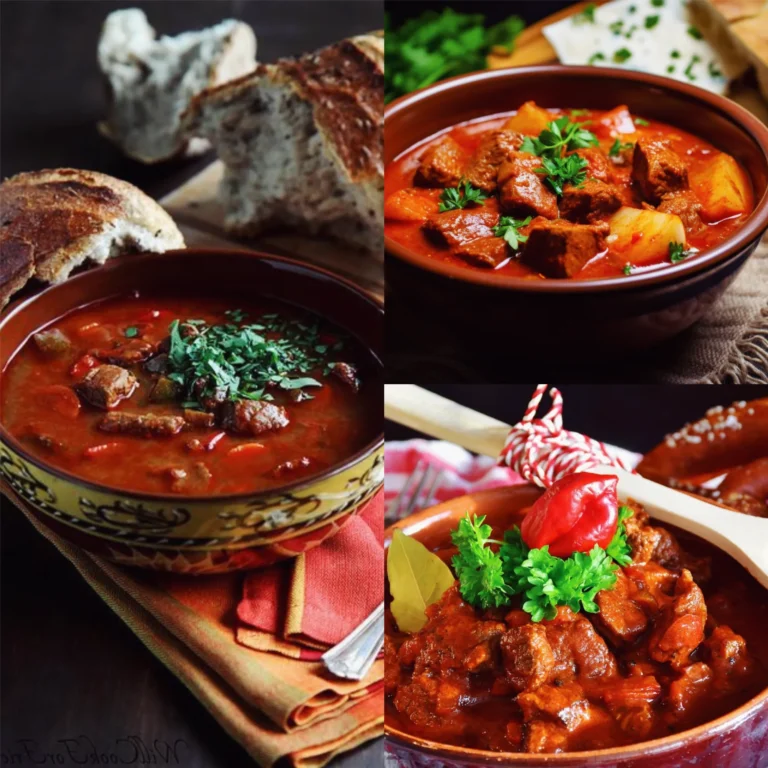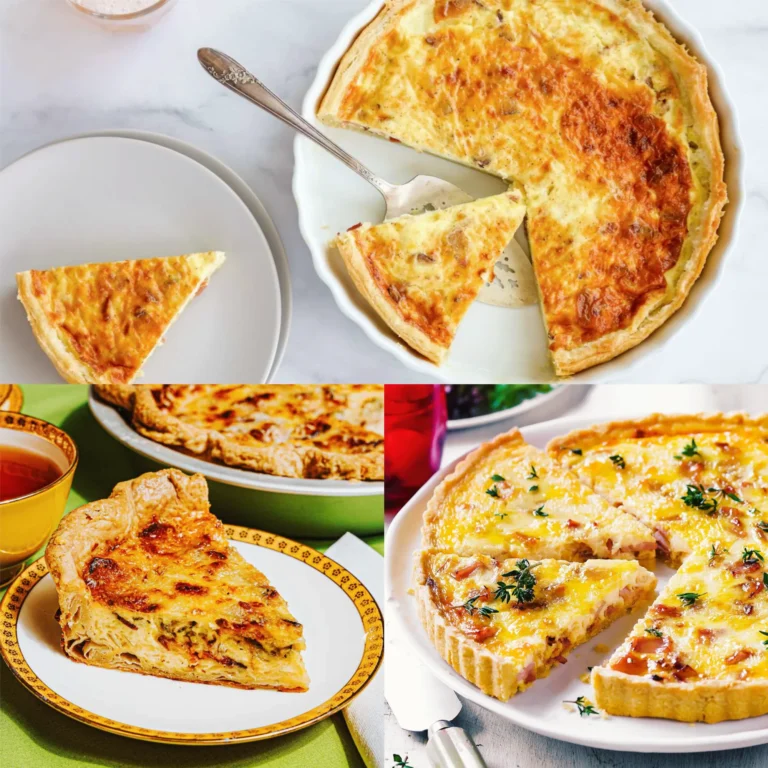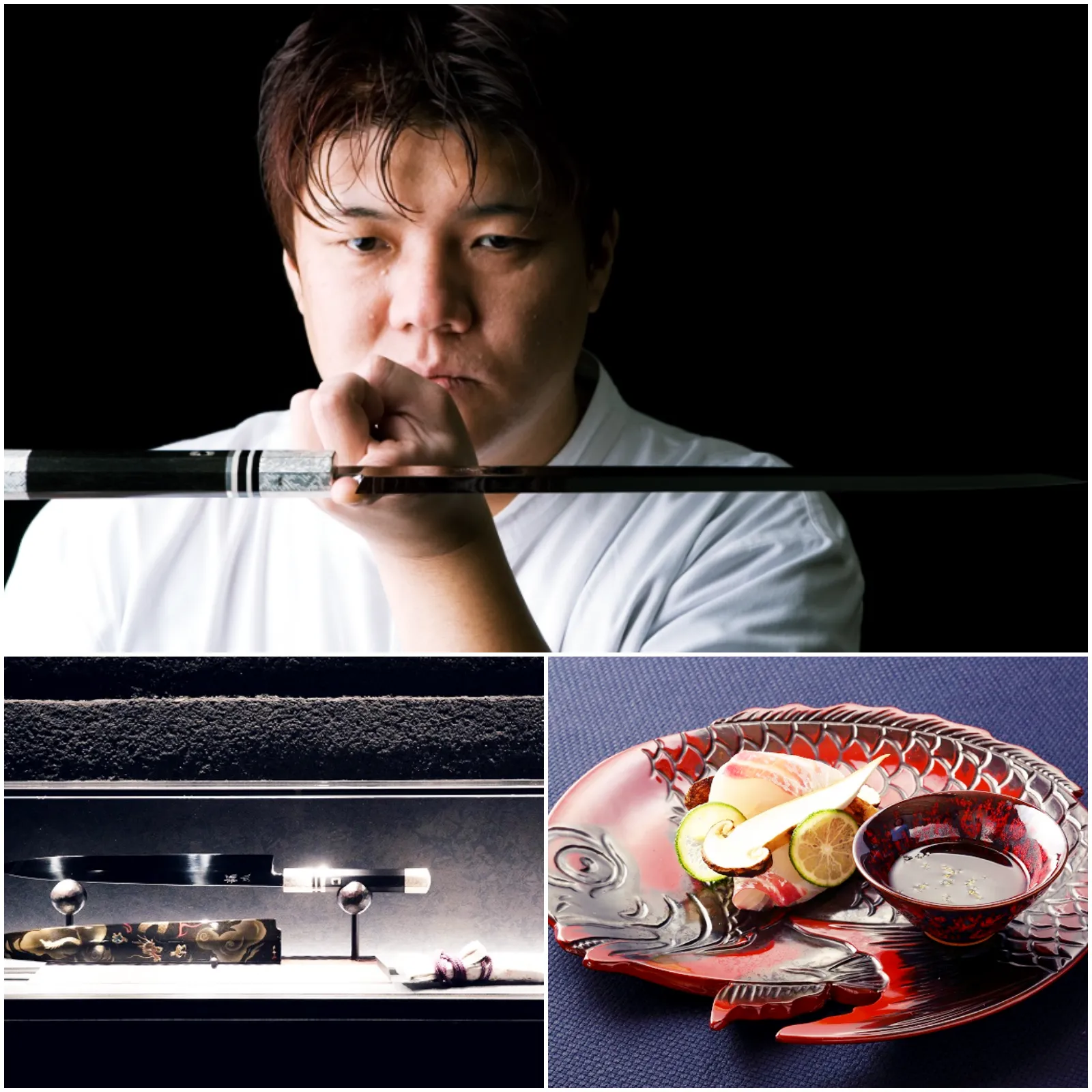
Seiji Yamamoto: Mastering the Art of Japanese Culinary Techniques
Introduction to Seiji Yamamoto’s Knife Skills
Renowned for its exquisite knife techniques, Japanese cuisine stands as a global culinary marvel. Seiji Yamamoto, owner-chef of RyuGin, is a leading figure in this tradition. His knife skills go beyond the technical, embodying spiritual and philosophical principles that enrich his craft. Drawing on the Japanese proverb “ryori,” meaning “measuring the natural order,” Yamamoto demonstrates that mastery of knife techniques is not only about precision but also a profound understanding of ingredients. His dedication to perfecting each dish is illustrated by a memorable episode where he used CT and X-ray scans to study the anatomy of daggertooth pike conger (hamo), ensuring the best way to cut the fish for maximum flavor. Yamamoto’s commitment to enhancing the taste of each dish remains unwavering as he constantly seeks ways to elevate his cuisine.
The Impact of Knife Techniques on Sashimi Flavor
The mastery of knife skills has a direct influence on the flavor of sashimi. Japanese knife culture, rooted in swordcraft, employs the single-edged yanagiba-bocho blade, differing from the double-edged knives common in Western cuisine. Yamamoto’s sashimi preparation involves cutting fish with a 36cm yanagiba-bocho, preserving the inosinic acid, a vital umami component, by minimizing cell damage. At RyuGin, the o-tsukuri sashimi is dressed in the fish’s juices, and a touch of saltwater is applied to enhance its flavor. This precise moment of preparation seals in the fish’s umami and texture, reflecting Yamamoto’s deep respect for ingredients and his commitment to maintaining the life force within the dish.
Innovative Squid Knife Techniques: A Taste of Perfection
Yamamoto’s knife techniques go further when working with squid, where he uses deep cuts to maximize the sweetness. By cutting from both sides and expanding the surface area, Yamamoto ensures that each piece touches the tongue, enhancing the umami and sweetness of the squid. Known as ‘twisting the bellows,’ this method intensifies flavor from the first bite, creating a burst of taste and texture. This approach reflects his ability to elevate seemingly simple ingredients into extraordinary culinary experiences.
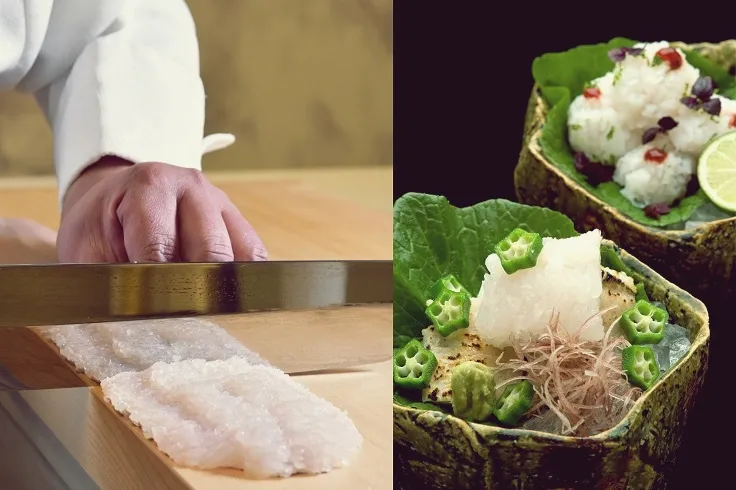
Knife Skills and Calligraphy: A Reflection of Japanese Culture
Japanese knife skills are closely linked to the art of calligraphy (shodo), where the precision of each stroke mirrors the chef’s knife work. Just as in calligraphy, where a brushstroke cannot be corrected, knife technique in Japanese cuisine requires decisive, graceful movements. Yamamoto draws a parallel between these two arts, emphasizing the importance of heart, technique, and strength in his work. This philosophy shapes his approach to cooking, treating it as a form of artistic expression that reflects Japanese culture’s deep respect for nature and craftsmanship.
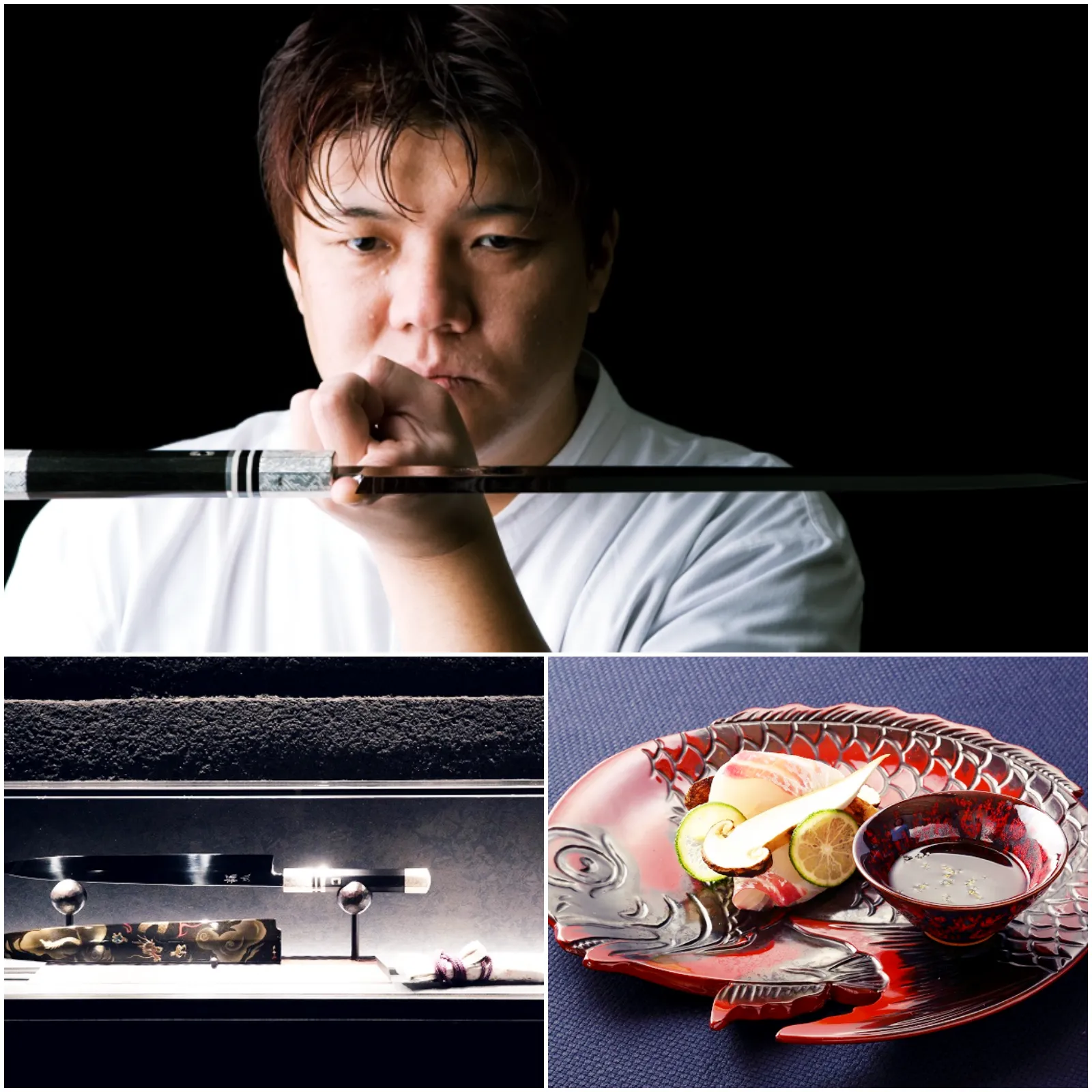
Precision in Japanese Cuisine: From Knives to Chopsticks
One of the hallmarks of Japanese cuisine is its attention to the ideal dimensions of each dish. At RyuGin, for example, straw-baked duck is cut into bite-sized pieces to be enjoyed with chopsticks, ensuring that none of the meat’s umami-rich juices are lost. This attention to detail underscores the importance of knife skills in enhancing flavor while respecting the natural elements of each ingredient.
Applying Knife Skills at Home
Yamamoto’s knife skills are not exclusive to professional kitchens. He encourages home cooks to practice cutting food to its ideal size, ensuring that each bite delivers maximum flavor. This simple yet profound approach can elevate everyday home-cooked meals, aligning with Yamamoto’s belief that cooking should bring out the best in every ingredient.
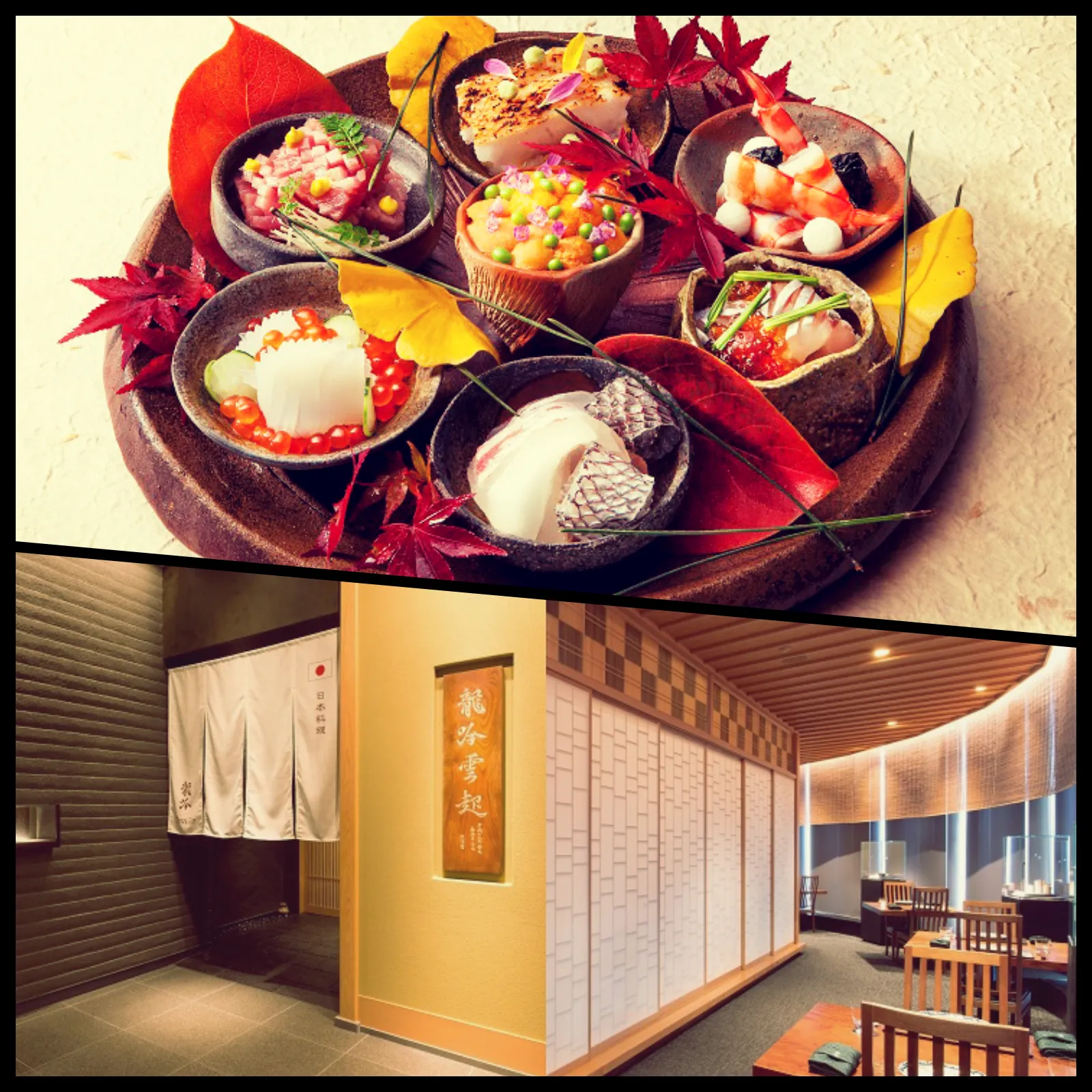
Yamamoto’s Culinary Philosophy: A Chef Driven by Passion
“I’m a chef because I love cooking,” says Seiji Yamamoto, a statement that encapsulates his dedication to his craft. He believes that true chefs devote their lives to the art of cooking, finding joy in creating dishes that satisfy both the soul and the palate. Yamamoto’s career, which began in his thirties with the opening of his first restaurant, has been marked by continuous growth. By the age of fifty, he reflects a deep understanding of the “mandate of heaven,” as Confucius describes in The Analects. He also invests significant time in training the next generation of chefs, sharing his wisdom and passion for cooking. Yamamoto’s advice to aspiring chefs is simple yet profound: “Love cooking and cook to please the diner, not yourself. When you do that, the path forward will reveal itself.”
Overall view
Seiji Yamamoto’s approach to cooking goes beyond technical mastery; it embodies a deep connection to tradition, spirituality, and respect for ingredients. Through his knife techniques, he brings out the best in every dish, creating unforgettable culinary experiences. His dedication to his craft, combined with his desire to pass on his knowledge, ensures that his legacy will continue to inspire chefs and food lovers alike.
